The future of commerce: How some popular brands are leading their sectors with the MACH approach

Customers no longer interact with brands solely through the web. They engage with companies through a variety of channels, via watches and smartphones, on social media platforms, in conversation with chatbots, and in immersive experiences with AR and VR.
“We are at the forefront of innovation with social commerce, enhanced retailing and emerging retailing. New and emerging technologies are needed to ride on these trends,” said Joshua Emblin, Territory Director, APAC, at commercetools.
“This is why retailers must take advantage of agile infrastructure to successfully capitalize on limitless commerce possibilities and create a truly immersive experience.”

MACH was born to innovate commerce
MACH Architecture is quite new. It stays away from monolithic platform concepts in favor of cloud-first technologies. But is MACH architecture another tech buzzword or a brand-new benchmark for modern technology?
MACH Architecture refers to Microservices-based, API-first, Cloud-native, and Headless. Compared to the digital software architecture that businesses are used to, it may seem alien. But it’s essential in creating a complete, multi-channel experience for customers.
APIs are the silent currency in today’s digital economy. Why? With APIs, existing systems may be expanded, connected, and unified whenever necessary. This is crucial because the changing market need rapid reaction – and API-based interconnectivity is fast and agile to implement.
Basically, companies and retailers that build e-commerce platforms using API-first methodology open up a lot of possibilities for expanding their digital sales channels. This is key for the Australian market in particular, which is still lagging behind its APAC counterparts.
The Australians are lagging behind
Significant portions of the small business population in Australia do not use nor invest in digital tools. In 2021, 44.7% of the 510 small businesses in Australia that participated in a study reported having no revenue from online sales. Similarly, few small businesses in Australia are offering customers digital payment methods. Compared to 0.1% of small businesses in China, nearly 40% of businesses in Australia (39.4%) said they do not accept digital payments.
A study by commercetools called “Shopper Experience Report 2022” found that the biggest challenges for retailers were slow product launches and deployments (cited by 29% of respondents), as well as a lack of UX tools and flexibility (cited by 29% of respondents).

Let’s explore how well-known bands are able to modernize
MACH is a key player in this narrative because, as an architecture, it makes it possible to apply modularity in the technology stack, quickly and easily without huge development overheads associated with monolithic platforms.. In fact, some of the most popular brands in this world are leveraging the MACH approach and have managed to solve some major challenges.
German manufacturer Audi was facing challenges where it needed to adopt a new agile mindset to replace an old, slower-moving development and rollout workflow.
Its predicament was that its technological capacity could not keep up with business demands for international trade. It also had little control over the hundreds of systems that made up its global network of dealerships and subsidiaries.
What was its solution? Going cloud-based – which allowed for real-time over-the-air upgrades to millions of devices worldwide – and 100% headless; the decoupling from the backend that permits integration between specialized services and in-house development.
The retail sector can benefit from MACH frameworks, too. Kmart, Australia’s first discount department store, needed to switch to a platform that would provide more flexibility, agility, and scalability. The new platform also had to be simple to use, especially when it came to integrating with a hybrid architecture.
Having re-platformed its Australian and New Zealand websites, Kmart is now realizing the benefits of a wholly cloud-based commerce product to address its challenges. With a composable and microservice-based design and the serverless capabilities of its cloud partner, Kmart is swiftly gaining the business advantages of its new technology.
These benefits were only made possible with the aid of commercetools. This platform is dubbed “headless commerce,” and has been the most effective representative of the MACH (Microservices, API-first, Cloud-native, Headless) concept in multiple verticals.
To find out more about commercetools, and how a cloud-native development framework & tooling can benefit your business, click here.
READ MORE
- Ethical AI: The renewed importance of safeguarding data and customer privacy in Generative AI applications
- How Japan balances AI-driven opportunities with cybersecurity needs
- Deploying SASE: Benchmarking your approach
- Insurance everywhere all at once: the digital transformation of the APAC insurance industry
- Google parent Alphabet eyes HubSpot: A potential acquisition shaping the future of CRM
